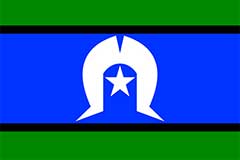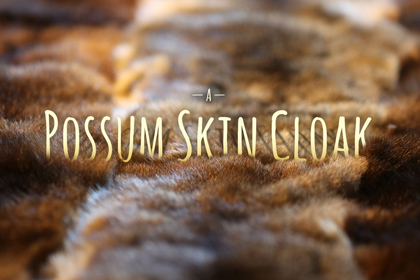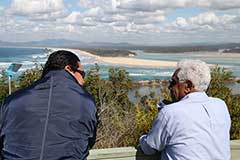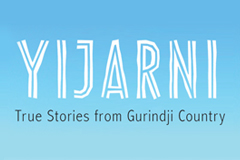Photographs are a valuable source for family history. Both photos held in the family and those found in library, archive and museum collections can provide important research clues and help personalise your family history search.
Unfortunately many old photographs don’t have much information – such as who is in the photo or when and where it was taken. Used together with your other research, however, you might be able to figure out the people and places.
Personal and family photos
When you start family history research, one of the first things you should look for is old photographs. Make a copy by scanning the photo so that you can make printouts to use while you’re researching and keep the original safe at home.
Always label who is in photographs in your own collections, if you know. Do it in soft pencil on the back or on a separate piece of paper kept with them. Never use pen.
When you visit relatives, particularly older family members, take the photographs along and ask if they can identify the people or places.
Your relatives might also have copies of old family photographs you haven’t seen before. Ask to borrow the photographs, get a copy made and return the original. Or you can take a photo of the photo if they are reluctant to part with it.
Ask your family members about the photos they have – the names of the people, when and where the photo was taken and what was happening.
You might consider making copies of family photographs available to your local keeping place and to AIATSIS.
Getting information from photographs
Identifying people, places and events in old family photographs can be difficult. But the images themselves can provide clues:
- The technology of photography has changed over time, and the type of photograph can help date it to a particular period – for example, small ‘snapshot’ photographs date from the early 20th century.
- If the photograph has the name of the photographer written on the front or the back, you might be able to work out the place and approximate date it was taken – start by searching for the photographer’s name in Trove digitised newspapers.
- Look closely at the photograph to see if there are any signs, shop names, street names or distinctive buildings in it – a search of Trove digitised newspapers might help identify the location.
- Pay attention to hairstyles and the clothes people are wearing in the photograph, especially women, as this can help you date the photograph.
- If your family lived on a particular mission, reserve or station, see if you can locate other photographs of that place and compare the landscape, buildings and even people to see if they match.
You can find lots of other tips and hints online – do a Google search for ‘dating family photos’. There are also a number of books about old family photos, such as Identifying and dating old family photographs by Graham Jaunay (Adelaide Proformat, 2014).
Photographs in library, archive and museum collections
Many library, archive and museum collections around Australia contain important photographic collections relating to Aboriginal people.
While the photographs may have been taken by non-Indigenous people for postcards or for pseudo-scientific study, they remain a valuable record of Aboriginal and Torres Strait Islander people, their histories and cultures.
Even if these collections do not hold photographs of your family members, they might contain images of the places they lived.
AIATSIS
The AIATSIS Pictorial Collection contains around 650,000 photographs relating to Indigenous Australia, dating from the late 1800s to the present day. More than 90 per cent of the collection is unique material not held elsewhere and it is the world’s most comprehensive photographic record of Australia’s Indigenous peoples. You can search photo captions online. Search Mura® for photographs.
Some of the photos in the collection have been digitised – these can be searched and printed at the AIATSIS reading room in Canberra.
AIATSIS has also digitised the Dawn and New Dawn magazine – printed by the New South Wales Aborigines Welfare Board from 1935 to 1965. It contains a valuable photographic record for New South Wales Aboriginal people. All issues are available online and it is indexed in the Aboriginal and Torres Strait Islander Biographical Index (ABI). See Dawn and New Dawn magazines.
Tindale collection – South Australian Museum
Photographs of Aboriginal people make up a significant part of the Tindale collection held by the South Australian Museum. See Tindale genealogies for more information.
Trove – National Library of Australia
Other collections of photographs of Aboriginal people are held in institutions such as the National Archives of Australia, state archives, the National Library of Australia, state libraries, museums and local historical societies.
You can search for images in many Australian and overseas collections through Trove pictures, photos, objects.
Use search terms such as ‘Aboriginal’ or ‘Aborigine’ combined with a place name (for example, ‘Aboriginal Dubbo’) or search using a mission, reserve or station name (for example, ‘Ernabella’). You are less likely to find relevant photographs searching by people’s names.
Offensive language
Libraries, museums and archives collect material that may contain offensive and racist language in the captions. Historical photographs themselves may be offensive – some photographers used offensive backdrops and put people into costumes that fit current stereotypes. At the same time, posing for such photographs might have provided people with valuable goods as payment such as food or tobacco.




